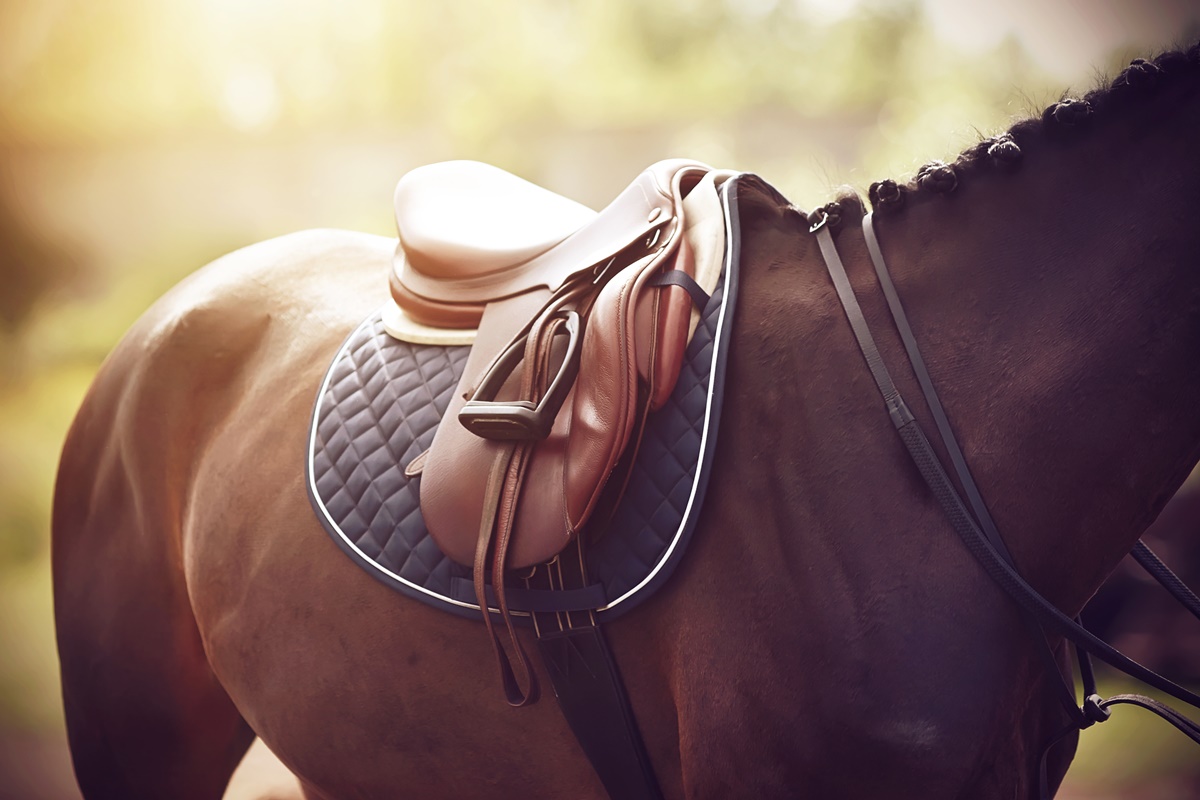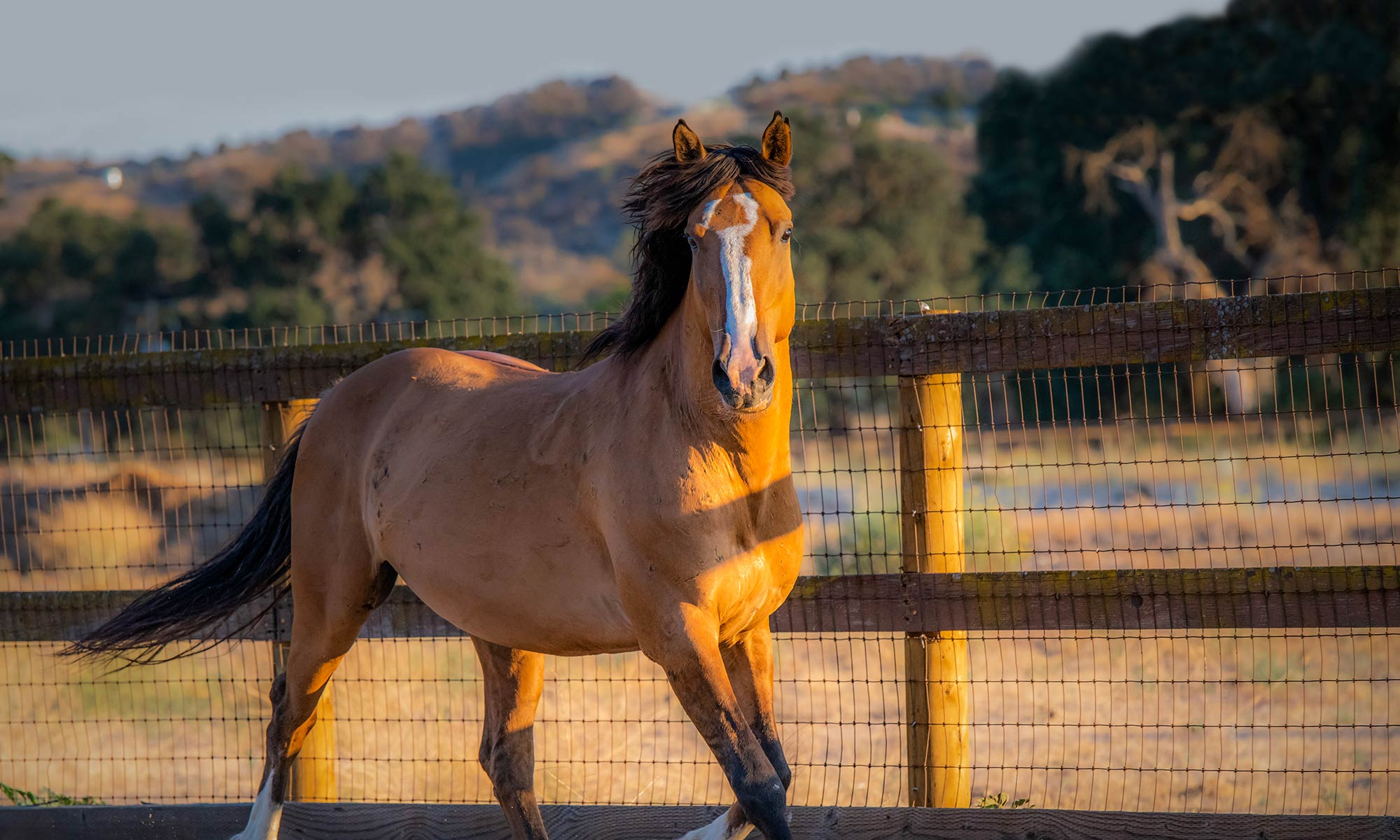Fitting a horse blanket properly is essential for ensuring your horse’s comfort and wellbeing. This comprehensive guide will take you through all the necessary steps and considerations for fitting a horse blanket to your equine friend. Understanding how to fit a horse blanket correctly can prevent many health issues related to poor fit, such as sores, rubbing, and even mobility problems.

Understanding the Types of Horse Blankets
Before we delve into the steps of fitting a horse blanket, it’s crucial to understand the different types available. Horse blankets range from lightweight sheets used for cooling down horses to heavy winter blankets designed to keep horses warm during cold weather.
Lightweight Sheets
These are ideal for keeping flies away or providing a light layer during cool summer nights. They are usually made of a breathable material.
Winter Blankets
These are much heavier and are designed to keep horses warm in extremely cold conditions. They often come with additional padding and waterproof material.

Essential Measurements for Fitting a Horse Blanket
It’s vital to get accurate measurements of your horse to ensure a good fit. Poorly fitted blankets can lead to discomfort and even injury.
Measuring the Length
Stand your horse squarely and measure from the center of the chest, around the widest part of the shoulder, and then to the point of the buttock where you want the blanket to end. This measurement will help you choose the right blanket length.
Measuring the Full Length
Some blankets may require the full length of your horse. In this case, measure from the center of the chest to the end of the hindquarters.

Steps to Fit a Horse Blanket
Step 1: Positioning
Start by placing the blanket in the center of the horses back. Make sure the blanket is straight and centered.
Step 2: Adjusting the Front Straps
Begin by fastening the front straps. Ensure they are snug but not too tight. You should be able to fit two fingers between the strap and your horses chest.
Step 3: Securing the Belly Straps
Next, fasten the belly straps. These should also be snug but not constricting. Cross the straps under the belly if applicable.
Step 4: Fastening the Leg Straps
Finally, secure the leg straps. Many blankets use a crisscross pattern for these straps. Again, ensure they are snug but allow for some movement.

Signs of a Properly Fitted Horse Blanket
Once the blanket is on, check for the following signs to ensure a proper fit:
- The blanket sits evenly on both sides of the horse.
- No rub marks or sores after removal.
- Your horse seems comfortable and can move freely.
- The straps are snug but not too tight.
Common Mistakes to Avoid
Fitting a horse blanket is not without its challenges. Here are some common mistakes to avoid:
Using the Wrong Size
A blanket that’s too big or too small can cause discomfort and even injury. Always measure your horse carefully.
Incorrect Strap Adjustments
Straps that are too tight can cause sores, while straps that are too loose can make the blanket shift.
Troubleshooting Problems
If you encounter issues while fitting the blanket, here are some solutions:
Blanket Shifting
If the blanket shifts, ensure all straps are correctly fastened and snug.
Discomfort
If your horse shows signs of discomfort, re-check the measurements and make sure the straps are adjusted correctly.
Seasonal Considerations
Different seasons require different types of blankets. Ensure you choose a blanket that suits the current weather conditions.
Summer
Lightweight sheets are ideal for summer months to keep flies off and provide a light cover.
Winter
Heavier blankets with more padding are essential during the winter months.
Proper Care and Maintenance
To extend the life of your blanket and ensure your horse’s comfort, follow these care tips:
Regular Cleaning
Clean the blanket regularly to prevent dirt buildup and maintain hygiene.
Repairing Damages
Inspect the blanket for any tears or damages and repair them promptly.
Additional Resources
For more information on horse care, you can check the how to bridle a horse, horse bridle cost, and assemble bit and bridle.
FAQs
How tight should the belly straps be?
They should be snug but not too tight. You should be able to fit two fingers between the strap and your horses belly.
Can I use the same blanket all year round?
No, you should use different blankets for different seasons. Lightweight blankets are suitable for summer, while heavier blankets are needed for winter.
What should I do if my horse seems uncomfortable?
If your horse shows signs of discomfort, re-check the measurements and ensure all straps are correctly adjusted.
As an Amazon Associate, I earn from qualifying purchases.